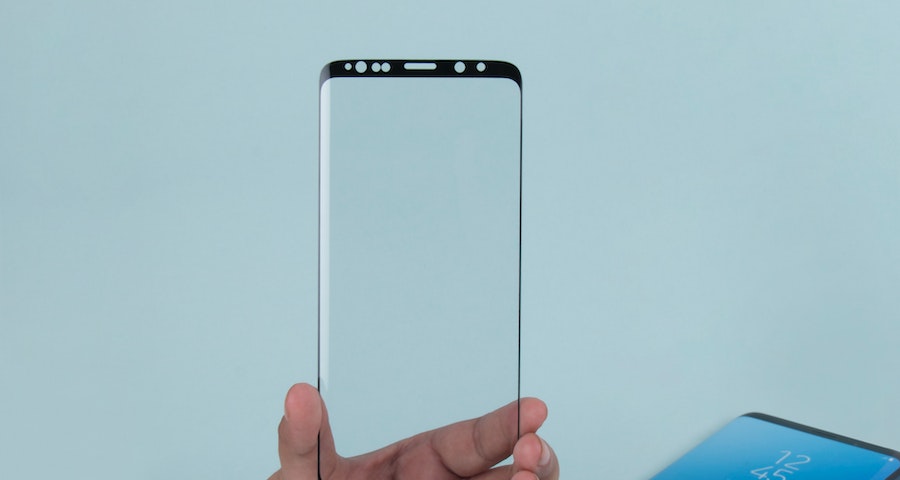
When it comes to building structures or furniture, glass is a popular material choice. But not all glass is created equal. One type of glass that has gained popularity in recent years is tempered glass. Tempered glass is unique from other types of glass in that it undergoes a heating and cooling process to make it stronger, safer, and more durable. In this blog post, we’ll go over everything you need to know about tempered glass, including its uses, benefits, and drawbacks.
Contents
What is tempered glass?
Tempered glass, also known as toughened glass, is a type of safety glass that is four times stronger than regular glass. To make tempered glass, it first goes through a heating process where it is heated to a high temperature, followed by a quick cooling process that makes it cool rapidly. This process creates a stronger glass that is more resistant to cracks, impacts, and thermal stress. Because of its strength and durability, tempered glass is used in a variety of applications, from car windows to shower doors and phone screens.
Benefits of tempered glass
There are several benefits to using tempered glass over other types of glass. The first and most obvious is its strength. Tempered glass is more durable than regular glass, making it better able to withstand impacts, thermal stress, and other types of damage. Additionally, if the tempered glass does break, it breaks into small, rounded pieces instead of sharp shards, making it much safer than other types of glass. Another benefit of tempered glass is that it can withstand extreme heat and cold, making it ideal for use in applications like car windows and building facades.
Drawbacks of tempered glass
Like with any material, there are some drawbacks to using tempered glass. Perhaps the biggest drawback is that it cannot be cut or modified once it is tempered. This means that if you need a piece of tempered glass that is a specific size or shape, you’ll need to order it that way from the manufacturer. Another potential drawback is that tempered glass is more expensive than regular glass, so it may not be the best option if you are on a tight budget. Finally, tempered glass is not as easy to scratch as other types of glass, but it is not completely scratch-proof either.
Uses of tempered glass
Tempered glass can be used in a variety of applications. One of the most common is in automotive glass, where it is used for car windows, windshields, and side mirrors. It is also commonly used in building facades, as it can withstand extreme temperatures and is less likely to shatter than regular glass. Tempered glass can also be used in shower doors, phone screens, and even in some furniture pieces like table tops and shelves.
Tips for maintaining tempered glass
If you are using tempered glass in your home or office, it is important to take proper care of it to ensure its longevity. One of the most important things you can do is to clean it regularly with a mild cleaning solution and a soft cloth. Avoid using abrasive cleaners or scrubbers, as they can scratch the glass. If you do notice any scratches or chips in the glass, it is important to have them repaired by a professional as soon as possible to prevent further damage.
Conclusion
Tempered glass is a strong and durable alternative to regular glass that is gaining popularity in construction and design applications. It is perfect for those who want to ensure safety and durability in their projects. While it does have some drawbacks, the benefits of tempered glass far outweigh them. Whether you are using tempered glass for your car window, building facade, or shower door, it is important to take proper care of it to ensure its longevity.
